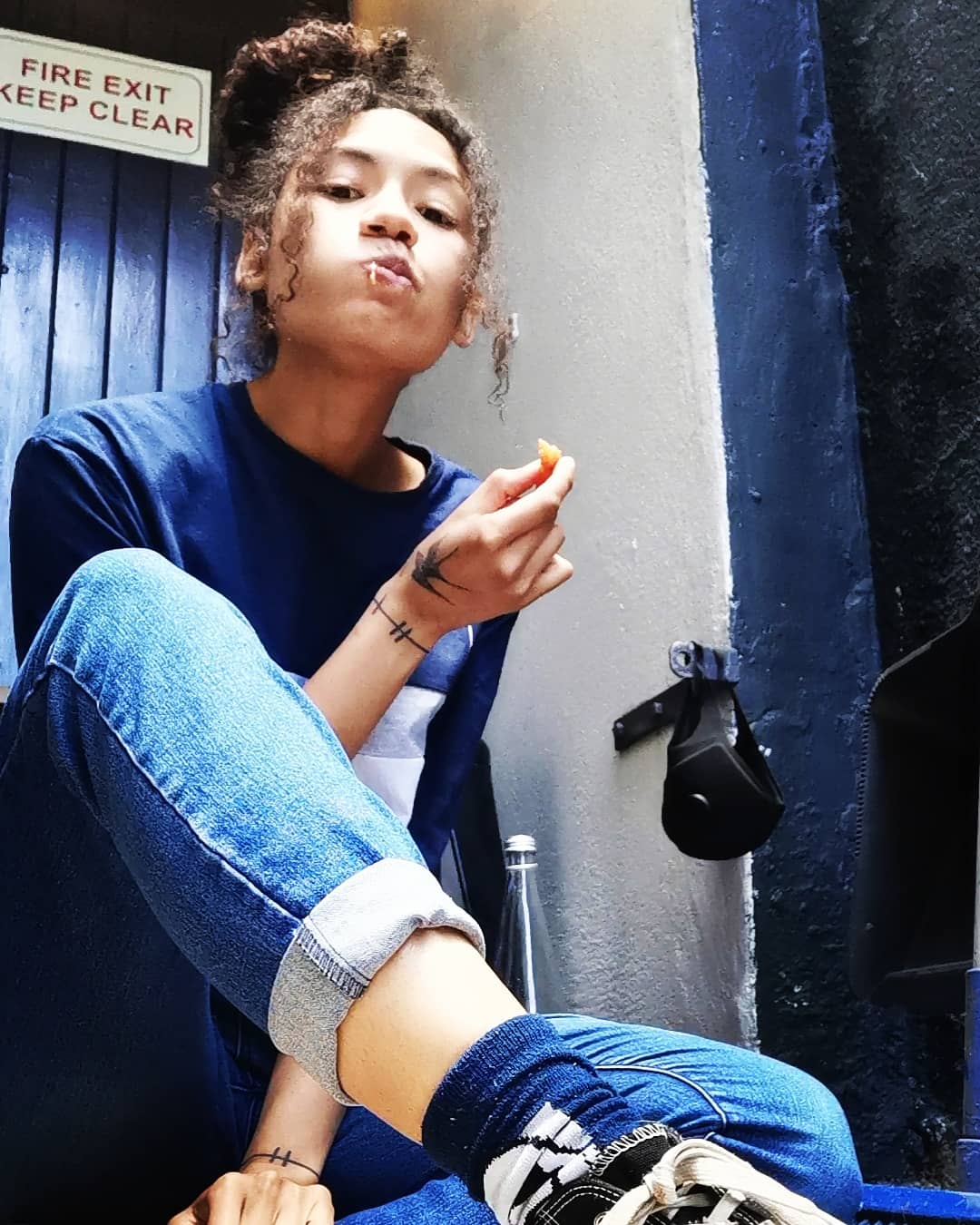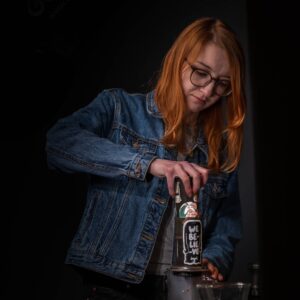Description

What motivates you daily?
“The same drive as what it’s like to catch the perfect wave I like putting my focus to creating the perfect moment for whatever a person’s needs are.”
What does coffee mean to you?
“Coffee is the thing that connects me to the physical world around me... I tend to daydream alot.”
Frankie BredaBarista from South Africa
Which tips do you have for coffee lovers using your recipe?
”Coffee, water and heat are the elements in your control– your controlled variables.
You do not need to have the most precise instruments to understand how the coffee will react. Know how to use your tools at their optimum first and use the recipe as a guide for instinctual timing.So if you understand that your water to coffee volume is consistent learn to control the temperature either in the time it takes for you to prep your other parts or become aware of ways to cool down or maintain consistent heat.
If you're nerdy about it, follow the trend of how energy is lost from the start (boiling your water) to end (pouring and serving your cup).

Detailed Guidance
What makes this recipe so special?
This is a recipe I would suggest to brewers to get into the habit of weighing their cups as well as start getting acquainted with the nature of their own device, eg. how long it takes to heat up / what sounds it makes while brewing/understanding how to control the temperature and overall gain a basic understanding of what your pot can yield.
How to grind coffee?
Grind setting 1 to 10
1. Extreme fine grinding
<200-200 µ – Extra Fine (I) (confectioners sugar)
2. Finest grinding
300 µ – Fine II (flour)
3. Fine grinding
4. Medium-fine grinding
5-6.Medium grinding
7. Medium-coarse grinding
8. Coarse grinding:
9. Coarsted grinding
10. Extreme coarse grinding
1500-1600 µ – Coarse II (coarse kosher salt)










